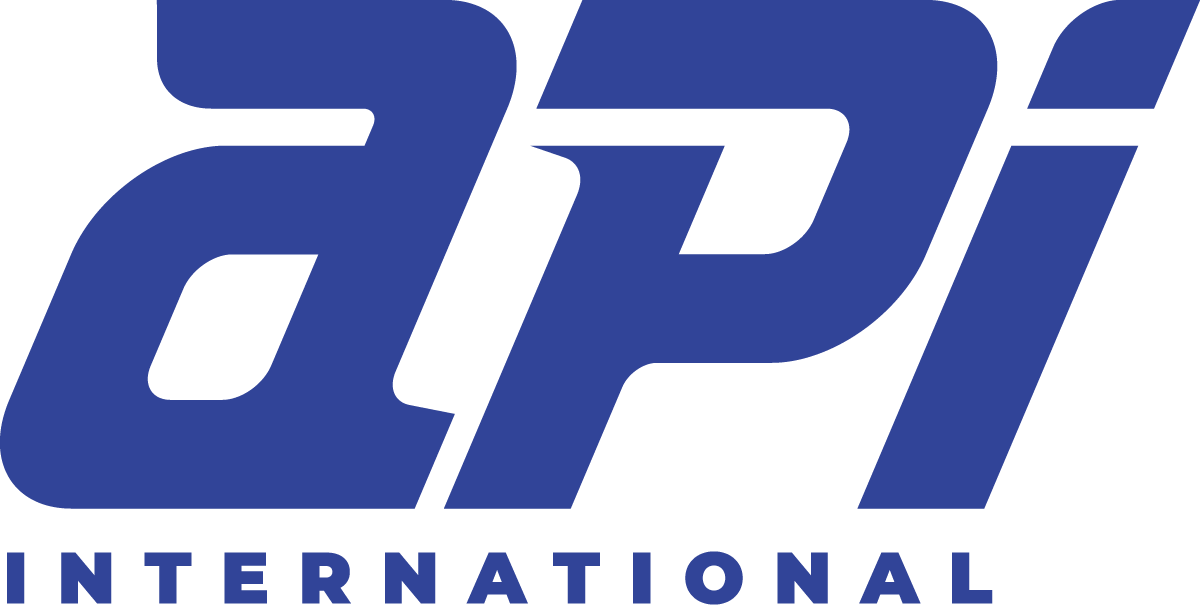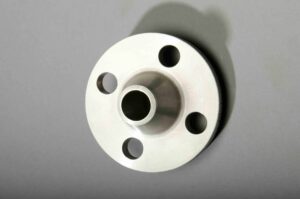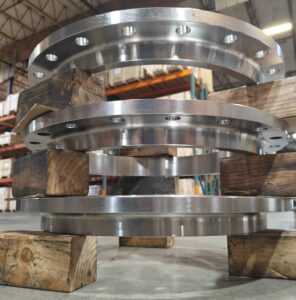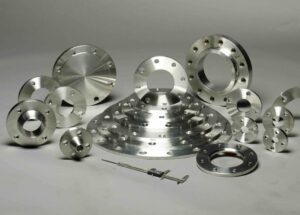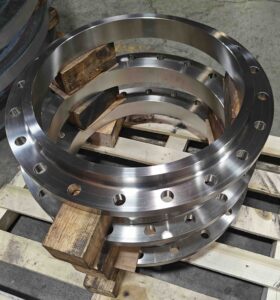1. The Role of AWWA Standards
When engineers and utilities design water systems, every pipe, fitting, and connection must meet various standards to ensure safety, compatibility, and long-term reliability. In the United States, this type of guidance comes from the American Water Works Association (AWWA). For more than a century, AWWA standards have provided the technical foundation for water infrastructure, as it covers materials, dimensions, performance limits, testing methods, and installation practices. AWWA standards for flanges are C207 (steel flanges), C110 (ductile-iron flanged pipe), and C228 (stainless-steel flanges).
- First issued in 1908, today there are 190+ active standards
- Standards are developed by volunteer expert committees and approved through ANSI-accredited procedures.
- Regularly updated to reflect technological changes and best practices
1.1 What These Standards Typically Contain
1.2 Categories of Requirements for Flanges
|
Requirement Area |
Examples in AWWA Standards |
|
Manufacturing |
Material grades (steel, ductile iron, stainless steel), allowable impurities, fabrication methods (C207, C228, C110) |
|
Performance |
Pressure classes (e.g., 50–300 psi for flanges), stress limits, corrosion resistance |
|
Testing |
Hydrostatic pressure testing, tensile/yield strength, chemical composition checks |
|
Flange bolt torque, gasket selection (NSF/ANSI 61 compliant), alignment tolerances |
|
|
Design |
Dimensional standards (OD, bolt circles, thickness) ensuring interchangeability |
2. The AWWA Standards For Flanges
2.1 AWWA C207 — Steel Pipe Flanges for Waterworks Service
Covers ring-type slip-on flanges and blind flanges for steel water pipe and appurtenances,
Minimum requirements for AWWA C207 Flange:
- Materials & fabrication: steel plate/forgings suitable for water service; machining tolerances; flat-face requirement for mating to waterworks equipment. Carbon steel (typically ASTM A36, ASTM A516 Grades 60,65,70, ASTM A283 Grade C, Q235, or GB/T 700).
- Performance: the standard uses class-based working pressure limits (see table below) sized for water utilities.
- Design basis: AWWA C207 – Steel pipe flanges for waterworks service from 4″ to 144″ NPS
- Interchangeability: for many sizes, AWWA ring-flange drilling (pressure classes A,B,D and E) aligns with ASME Class 150 patterns; F pressure class aligns with ASME Class 300.
AWWA C207 class working pressures
Class | Typical working pressure | Notes |
A | up to 50 psi | Light-duty or open-ended applications. |
B | up to 86 psi | Low-pressure distribution. |
D | up to 175 psi (4–12 in), up to 150 psi (>12 in) | The “standard” municipal choice. |
E | up to 275 psi | Heavy-duty applications. |
F | up to 300 psi | Highest AWWA class. |
2.2 AWWA C228 — Stainless-Steel Pipe Flange Joints for Water Service
Minimum requirements for AWWA C228 Flange:
- Materials & fabrication: The standard “provides minimum material requirements and dimensions for a variety of stainless-steel flanges (typically ASTM A240, 304/304L, 316/316L, or duplex alloys)”
- Performance: Pressure ratings are equivalent to C207. C228 covers Class SA (50 PSI)
- Design basis: AWWA C228 – Stainless steel flanges for corrosive environments, 2″ – 72″ (smaller sizes available when compared to C207)
2.3 AWWA C110 — Ductile-Iron and Gray-Iron Fittings
- Working pressure: 250 psi maximum; ≤24 in flange joints with ductile-iron flanges may be rated 350 psi.
- Why it matters: You can use flanged DI spools in higher-pressure distribution where steel C207 ring flanges would be Class E/F.
2.4 Quick Reference
3. Why AWWA Standards Are Used For Water Service
AWWA standard | Material system | Size range | Typical working-pressure classes | Intended use / notes |
C207 | Carbon/steel plate or forgings | 4–144 in | A (50), B (86), D (150–175), E (275), F (300) psi | Ring-type slip-on & blind flanges for steel pipe; drilling often aligns with ASME patterns. |
C228 | Stainless-steel slip-on & blind | 2–72 in | Pressure ratings are equivalent to C207. Plus C228 covers Class SA (50 PSI) | For stainless systems under water/wastewater conditions; corrosion-resistant builds. |
C110 | Ductile-iron pipe w/ threaded DI or GI flanges | 3–64 in | 250 psi, ≤24 in up to 350 psi | Flanged DI spools for potable, wastewater, reclaimed water service; casting/fabrication/inspection guidance. |
- Water-Specific Design: Unlike ANSI/ASME B16.5 flanges (used in oil/gas, up to thousands of psi), AWWA flanges optimize for large diameters and moderate pressures in waterworks.
- Material Confidence: By defining exact steel strengths, stainless grades, and iron casting properties, AWWA ensures reliability in potable and wastewater applications.
- Interoperability: Uniform bolt patterns and dimensions allow flanges from multiple suppliers to fit interchangeably.
- Cost-Effectiveness: AWWA flanges use less material than industrial ANSI/ASME flanges, reducing cost.
4. Conclusion
AWWA standards are technical rulebooks, not just broad guidelines and they define:
- Design geometry (bolt circles, thickness, diameters up to 144″)
- Material properties (tensile, yield, chemical composition)
- Performance limits (pressure classes, stress levels)
- Testing requirements (hydrostatic, tensile, coatings, inspections)
- Installation practices (bolt torque, gasket standards, alignment)
